Last Updated on 10/11/2023 by Manolis Maragkoudakis
The Virtual Advantage: How Hotels Are Using Virtual Tours to Attract Guests
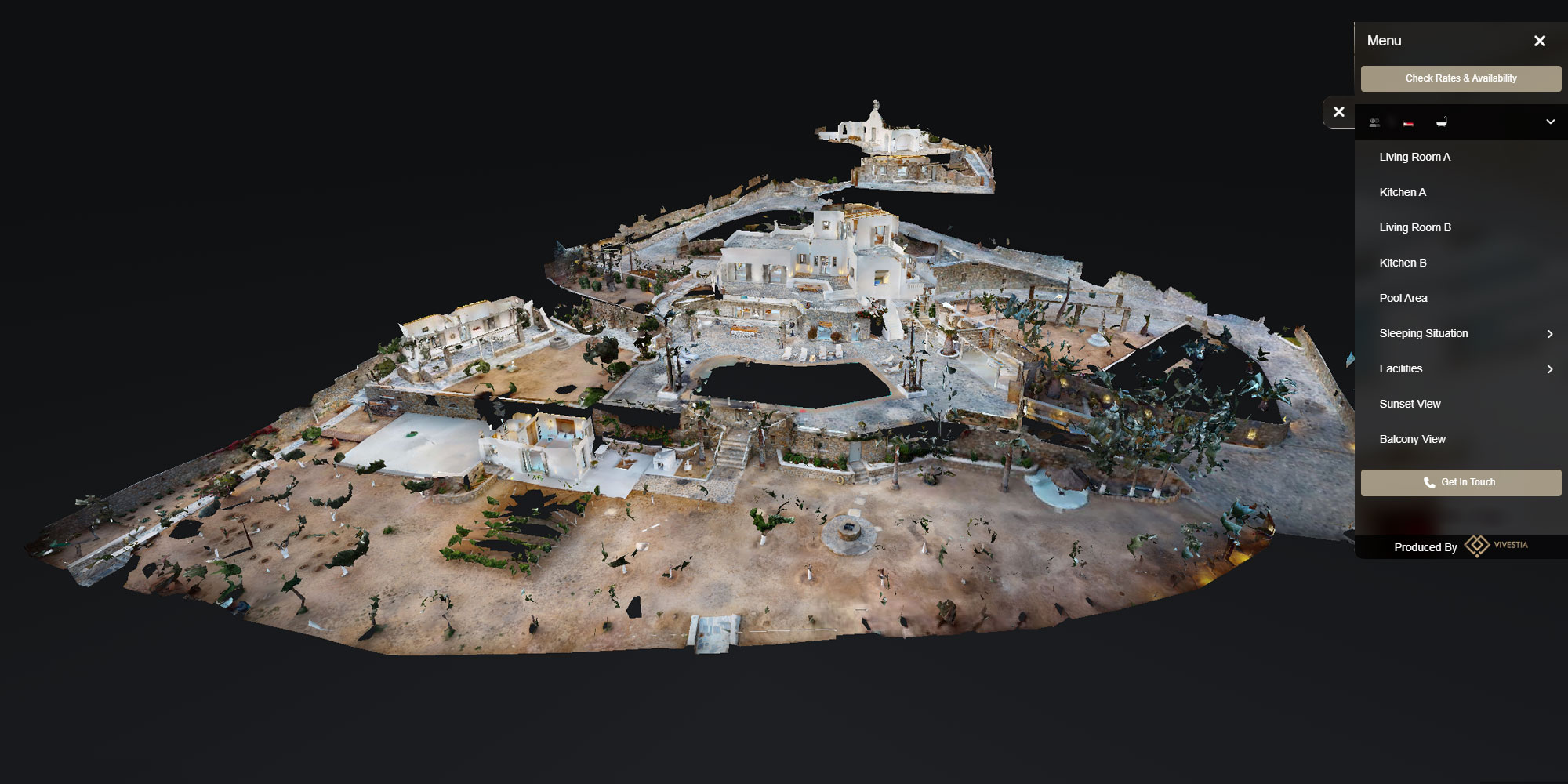
Virtual Tours
Step into the future of hospitality with virtual tours, a game-changing technology that is revolutionizing the way guests experience hotels and resorts. Gone are the days of static images and generic room descriptions; virtual tours provide a dynamic and immersive way for potential guests to explore properties from the comfort of their own homes.
With virtual tours, guests can navigate through hotel rooms, common areas, and amenities as if they were physically there. This interactive experience allows them to visualize the space, gauge the layout, and get a true sense of the atmosphere before making a booking decision.
Not only do virtual tours enhance the booking process, but they also play a significant role in boosting sales and reducing costs for hospitality businesses. By providing potential guests with a realistic and detailed preview of their stay, hotels can increase conversions and minimize cancellations. Moreover, virtual tours save time and resources by reducing the need for in-person tours and site visits.
As the demand for more personalized and transparent travel experiences grows, virtual tours are becoming an essential tool for hotels and resorts to showcase their unique features and differentiate themselves from competitors. Don’t get left behind in the digital age – embrace the power of virtual tours and shape the future of hospitality.
Benefits of virtual tours for hotels and resorts
Virtual tours offer numerous benefits for hotels and resorts, making them an invaluable tool in the industry. Firstly, virtual tours provide potential guests with an immersive and interactive experience that goes beyond static images. Instead of relying on their imagination, guests can explore every nook and cranny of a property, from the lobby to the guest rooms and even the poolside. This level of detail allows guests to make informed decisions about their stay and ensures there are no surprises upon arrival.
Additionally, virtual tours offer a cost-effective solution for hotels looking to showcase their amenities and unique features. Instead of investing in professional photography or video shoots, hotels can create their virtual tours in-house or hire virtual tour specialists at a fraction of the cost. This cost-saving measure is particularly beneficial for smaller hotels or independent properties looking to compete with larger chains on a limited budget.
Furthermore, virtual tours allow hotels to reach a wider audience by breaking down geographic barriers. Potential guests from around the world can explore a property without the need for travel, ensuring that hotels can attract international visitors who may be hesitant to book without first experiencing the space. By expanding their reach, hotels can tap into new markets and increase their revenue potential.
In conclusion, the benefits of virtual tours for hotels and resorts are plentiful. From providing an immersive experience for guests to reducing costs and expanding reach, virtual tours are an essential tool for staying competitive in the modern hospitality industry.
Virtual tour statistics in the hospitality industry
The rise of virtual tours in the hospitality industry is backed by compelling statistics that highlight their effectiveness in attracting and converting guests. According to a study conducted by Oculus and Greenlight VR, 75% of surveyed travelers agreed that a virtual tour would influence their booking decision. This statistic alone showcases the significant impact virtual tours can have on a hotel’s bottom line.
Furthermore, a study conducted by Invision Studio found that properties with virtual tours receive 87% more bookings compared to those without. This staggering increase in bookings demonstrates the power of virtual tours in capturing the attention and interest of potential guests.
Moreover, virtual tours have been proven to increase the time spent on a hotel’s website. According to a study by EyeSee360, visitors spent an average of 5-10 minutes longer on websites that featured virtual tours compared to those that did not. This increased engagement allows hotels to capture the attention of potential guests for longer periods, increasing the likelihood of conversion.
These statistics highlight the growing importance of virtual tours in the hospitality industry. As travelers become more tech-savvy and seek immersive experiences, hotels and resorts must adapt and embrace virtual tours to stay competitive and meet the demands of their target audience.
How virtual tours work
Virtual tours rely on a combination of photography and technology to create an immersive and interactive experience for users. The process typically involves the following steps:
Capture: The first step in creating a virtual tour is capturing high-quality images of the property. This can be done using specialized cameras or even smartphones equipped with panoramic capabilities. The goal is to capture a series of images that cover every angle of the space, including rooms, common areas, and amenities.
Stitching: Once the images are captured, they need to be stitched together to create a seamless and immersive experience. This process involves aligning and blending the images to ensure a smooth transition between each frame. There are various software programs available that specialize in image stitching, making it easier for hotels to create their virtual tours.
Integration: After the images are stitched, they can be integrated into a virtual tour platform or website. There are numerous virtual tour software providers that offer user-friendly interfaces for creating and managing virtual tours. These platforms allow hotels to customize their tours, add interactive elements, and embed them on their websites for potential guests to explore.
Distribution: Once the virtual tour is created, it can be distributed through various channels, including the hotel’s website, social media platforms, and online travel agencies. The goal is to make the virtual tour easily accessible to potential guests, ensuring maximum exposure and engagement.
By following these steps, hotels and resorts can create captivating virtual tours that provide potential guests with an immersive and realistic preview of their property. This technology allows hotels to showcase their unique features and differentiate themselves from competitors, ultimately driving bookings and revenue.
Implementing virtual tours in your hotel or resort
Implementing virtual tours in your hotel or resort is a straightforward process that requires careful planning and execution. Here are some key steps to consider when integrating virtual tours into your marketing strategy:
Identify Goals: Start by identifying your goals and objectives for implementing virtual tours. Are you looking to increase bookings, reduce cancellations, or enhance the overall guest experience? By defining your goals, you can tailor your virtual tours to meet specific needs and measure their effectiveness.
Choose a Virtual Tour Provider: Research and choose a virtual tour provider that aligns with your budget, technological requirements, and desired features. Consider factors such as ease of use, customization options, and customer support when selecting a provider.
Plan the Virtual Tour: Determine which areas of your property you want to showcase in your virtual tour. This could include guest rooms, common areas, amenities, and any unique features that set your property apart. Create a shot list and storyboard to ensure you capture all the necessary images for a comprehensive virtual tour.
Capture High-Quality Images: Invest in high-quality equipment or hire a professional photographer to capture the images for your virtual tour. Remember to focus on capturing the unique selling points of your property and highlight the features that will appeal to your target audience.
Create a Seamless Experience: Use virtual tour software or platforms to stitch the images together and create a seamless and immersive experience for users. Add interactive elements such as hotspots, information pop-ups, and navigation features to enhance the user experience.
Embed and Promote: Embed the virtual tour on your website and promote it through your marketing channels. Leverage social media platforms, email marketing campaigns, and online travel agencies to maximize exposure and drive engagement.
Monitor and Analyze: Regularly monitor the performance of your virtual tours and analyze key metrics such as engagement, click-through rates, and conversions. This data will provide valuable insights into the effectiveness of your virtual tours and allow you to make data-driven decisions for future improvements.
By following these steps, hotels and resorts can successfully implement virtual tours into their marketing strategy and harness the power of this technology to attract and convert potential guests.
Tips for creating a successful virtual tour
Creating a successful virtual tour requires attention to detail and a focus on providing an exceptional user experience. Here are some tips to consider when creating your virtual tour:
Keep it Simple: Avoid cluttering your virtual tour with unnecessary information or distracting elements. Keep the focus on showcasing the unique features of your property and providing a seamless and intuitive navigation experience.
Highlight Key Selling Points: Identify the key selling points of your property and ensure they are prominently featured in your virtual tour. Whether it’s a stunning view, a luxurious spa, or a rooftop bar, make sure these features are showcased and capture the attention of potential guests.
Optimize for Mobile: With the majority of users accessing websites and content through mobile devices, it’s crucial to optimize your virtual tour for mobile viewing. Ensure that the tour is responsive and can be easily navigated on smartphones and tablets.
Add Interactive Elements: Enhance the user experience by adding interactive elements to your virtual tour. This could include clickable hotspots that provide additional information, videos showcasing amenities, or even virtual reality (VR) experiences for a more immersive encounter.
Regularly Update: Keep your virtual tour up to date by regularly refreshing the images and content. This ensures that potential guests are getting an accurate representation of your property and any recent renovations or changes.
Test and Optimize: Test your virtual tour on different devices and browsers to ensure it is compatible and functions properly. Monitor user feedback and analytics to identify areas for improvement and optimize the tour based on user behavior.
By following these tips, hotels and resorts can create engaging and effective virtual tours that leave a lasting impression on potential guests. With the right approach, virtual tours can become a powerful tool for attracting and converting guests, ultimately driving revenue and success in the hospitality industry.
Virtual reality (VR) and augmented reality (AR) in the hospitality industry
Virtual reality (VR) and augmented reality (AR) are emerging technologies that are poised to further revolutionize the hospitality industry. While virtual tours provide a 360-degree view of a property, VR takes the experience to the next level by immersing users in a virtual environment. By wearing a VR headset, potential guests can feel as though they are physically present in a hotel room or exploring a resort’s amenities. This level of immersion enhances the visualization and decision-making process, allowing guests to truly experience a property before booking.
AR, on the other hand, overlays virtual elements onto the real-world environment. This technology can be used to enhance the guest experience by providing information and guidance in real-time. For example, AR can be utilized to provide guests with interactive maps of a property, display information about points of interest, or even provide virtual tours within physical spaces. AR has the potential to enhance the overall guest experience and provide a personalized touch to their stay.
While VR and AR are still relatively new to the hospitality industry, they have the potential to transform the way guests interact with hotels and resorts. As technology continues to advance and become more accessible, hotels can leverage these technologies to create unforgettable experiences and differentiate themselves from competitors. Whether it’s through virtual room design, immersive experiences, or personalized AR guides, VR and AR are set to shape the future of hospitality.
Conclusion: Embracing the future of hospitality with virtual tours
In conclusion, virtual tours are revolutionizing the hospitality industry by providing guests with an immersive and interactive way to explore hotels and resorts. These tours go beyond static images and generic descriptions, allowing potential guests to visualize the space, gauge the layout, and get a true sense of the atmosphere before making a booking decision.

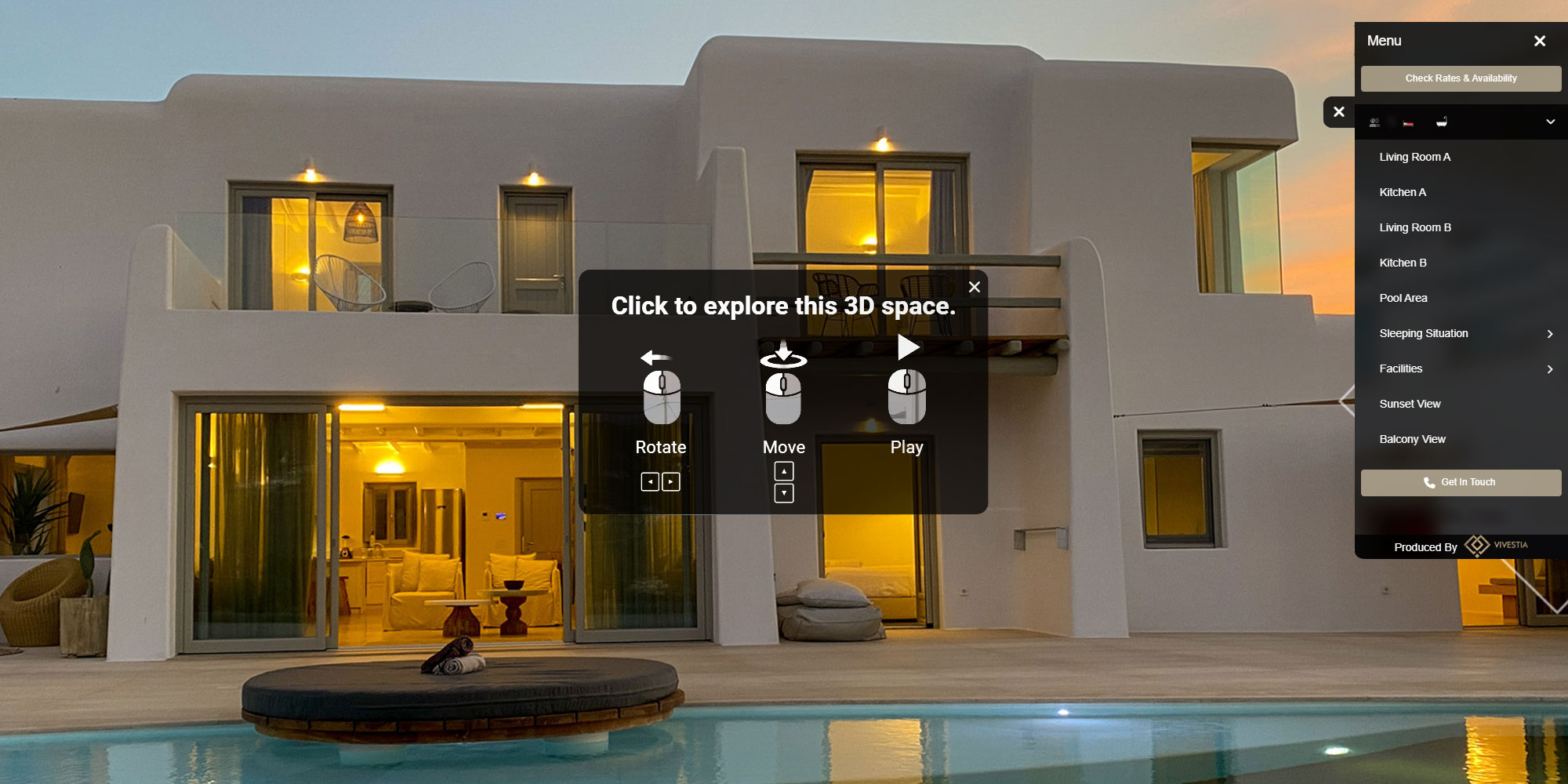
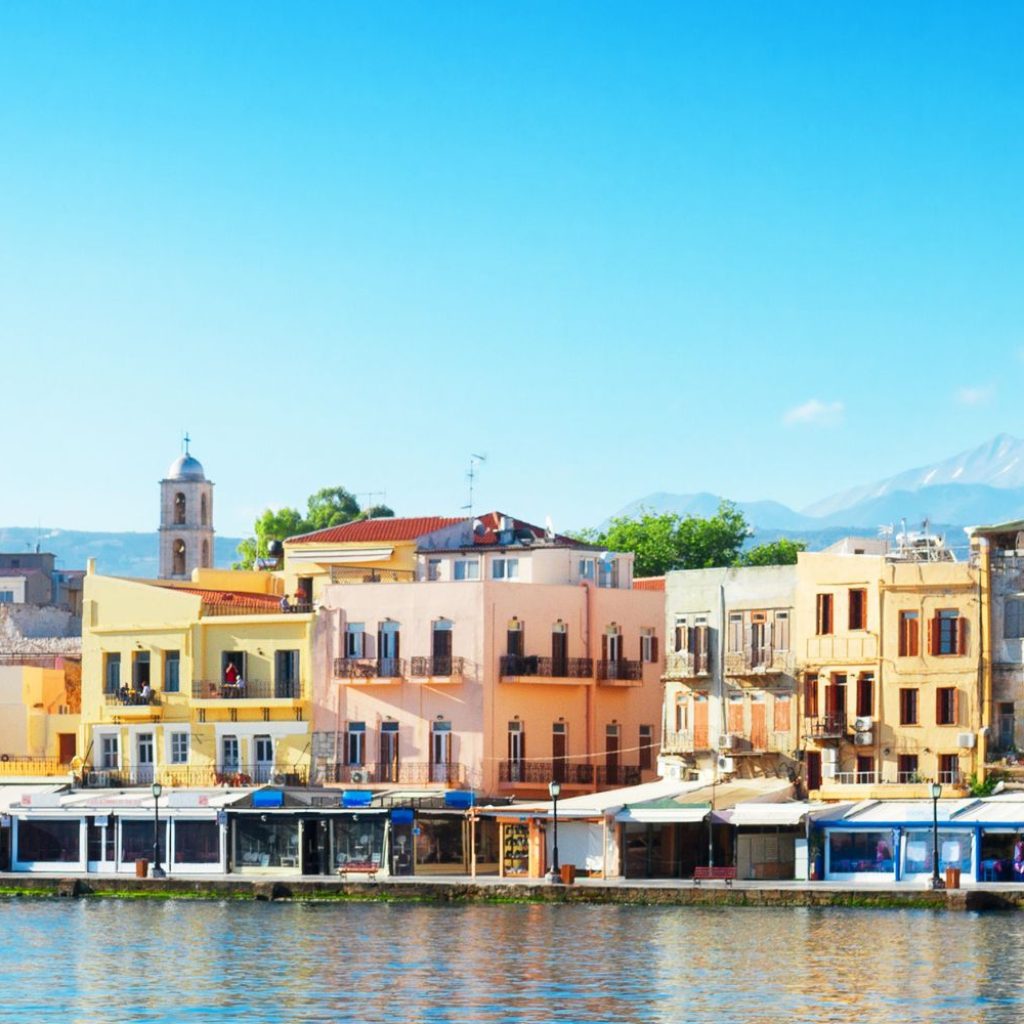
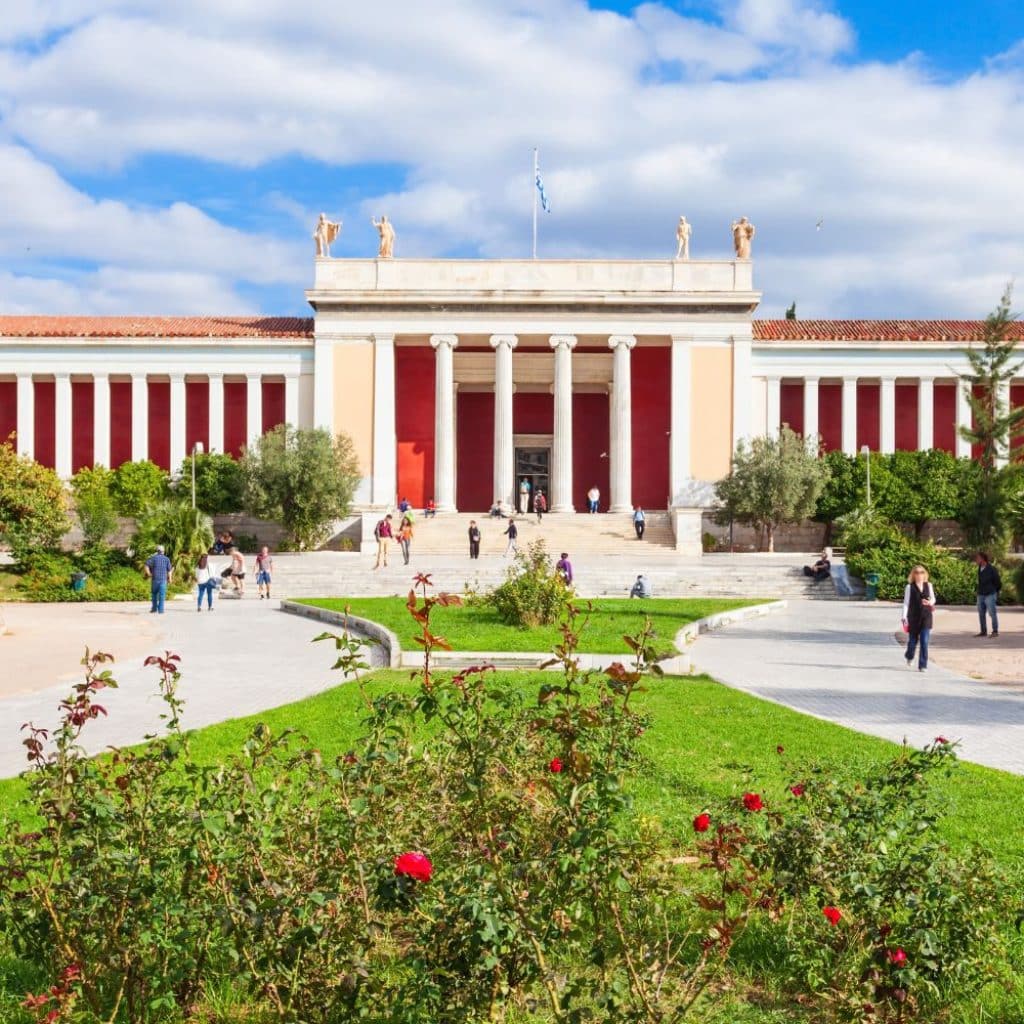
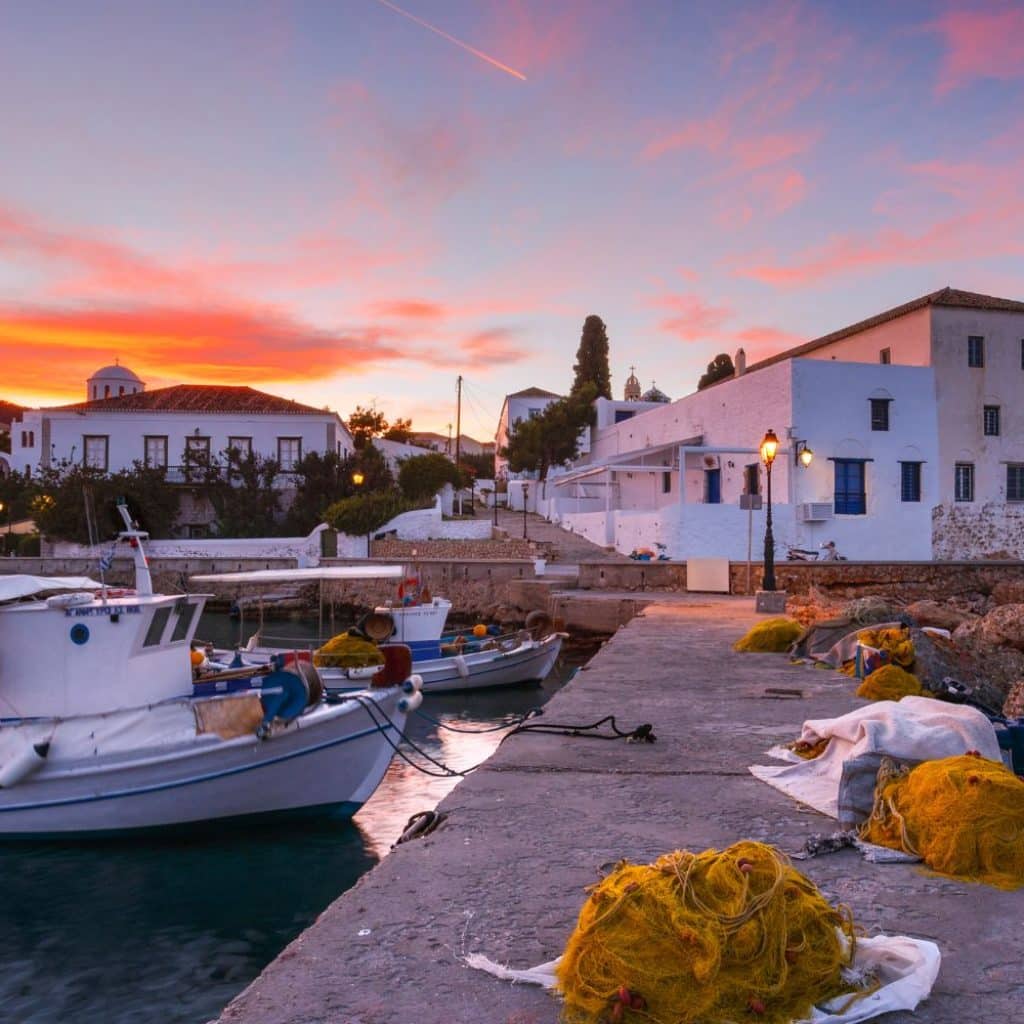

Post Discussion